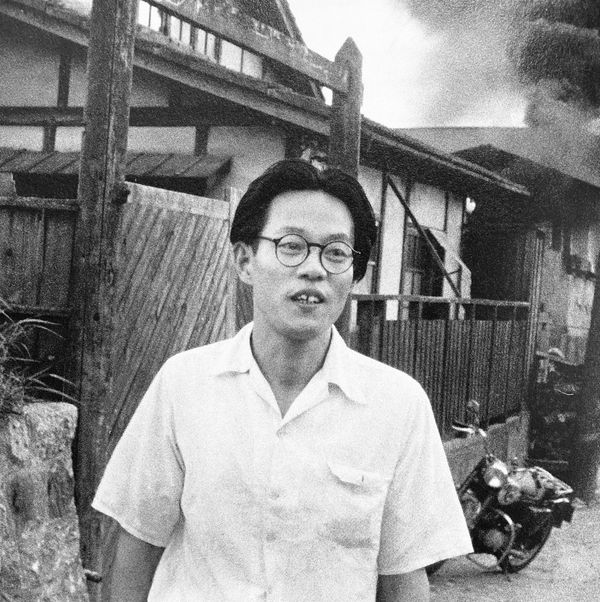Yamada Hikaru
1923 to 2001
Japan

Biography
Born in Tokyo, the son of Tetsu Yamada (1898-1971), a Buddhist monk and later a ceramicist, Hikaru Yamada was raised in Gifu prefecture and studied pottery making at Kyoto Koto Kogei Gakko (now the Kyoto Institute of Technology). After graduation in 1945, he stayed in Kyoto and began to produce ceramic ware. At first, his works were rather orthodox, such as vases with slip-cutting technique similar to traditional Chinese Cizhou ware, and exhibited at the conventional Nitten (The Japan Fine Art Exhibition). Soon after, however, pursuing the new possibilities of ceramics, he co-founded Seinen Sakutoka Shudan (Young Pottery-makers’ Collective) in 1946 and then Sōdeisha (Crawling through Mud Association) in 1948 with two other like-minded potters Kazuo Yagi (1918-1979) and Osamu Suzuki (1926-2001).
In particular, Sōdeisha, a name which refers to a Chinese term meaning ‘glazing flaw’, became the most influential avant-garde ceramic group in Japan. The aim of this group of potters was to install a more artistic and expressive dimension in pottery, relieving the final object of its utilitarian purpose and giving new form and meaning to the discipline. Therefore, their creations could not be categorised as mere ceramics and they were often referred to as Objet-yaki (Ceramic Art Object). Each member experimented with innovative techniques and forms, in an effort to break previous boundaries and to create something new and expansive within the world of Japanese ceramics. In the mid-1950’s, he started his artistic innovation by cutting and closing the mouth of a vase, completely removing its function as a vessel. Constantly evolving Yamada went on to create different series of works such as the “Tower” in the 1960’s, “Numerals” and “Ears” in the 1970’s, “Black Pottery” in the 1980’s, “Silvered clay screen” from the late 1980’s and “Silvered clay pipes” in the 1990’s. This present work is one of the silver glazed works from the artist’s late career and represents his iconic two-dimensional representations.
Works by the artist can be found in the collection of various museums including: the National Museum of Modern Art, Tokyo; the National Museum of Modern Art, Kyoto; The National Museum of Art, Osaka; The Museum of Modern Art, Wakayama; Kyoto Municipal Museum of Art; The Shigaraki Ceramic Cultural Park, Shiga; Museum of Modern Ceramic Art, Gifu; Rakusuitei Museum, Toyama; Hiroshima Prefectural Art Museum; Fukuroka Prefectural Museum of Art; Victoria and Albert Museum, London, UK; Museum of Fine Arts, Boston, USA; Everson Museum of Art, Syracuse, USA and Musée National de Céramique, Sèvres, France.







